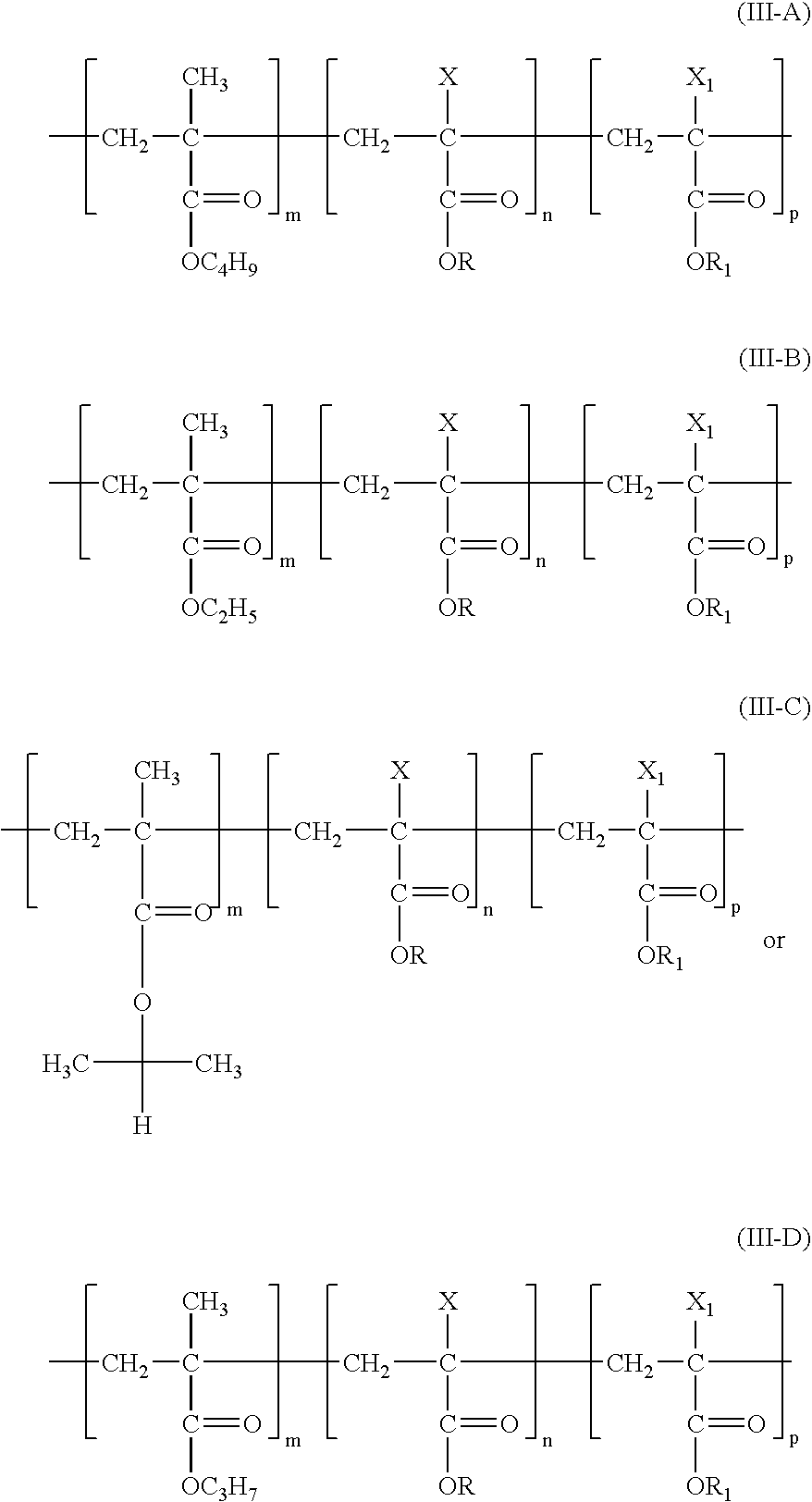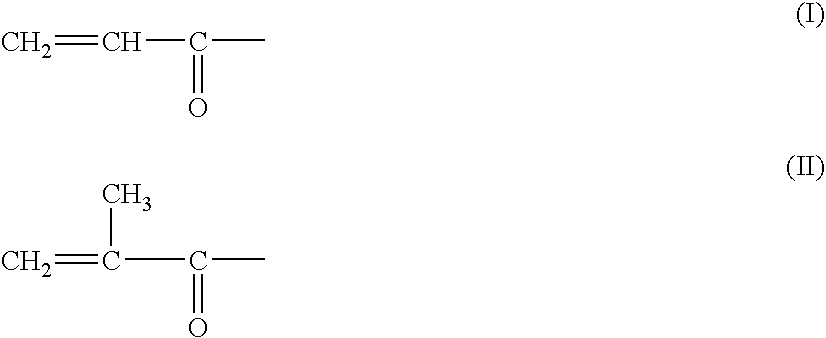Medicated coatings for implantable medical devices including polyacrylates
a technology of polyacrylate and medical devices, applied in the direction of prosthesis, surgery, blood vessels, etc., can solve the problems of occlusion of conduits, adverse or toxic side effects of patients, and intimal flaps or torn arterial linings
- Summary
- Abstract
- Description
- Claims
- Application Information
AI Technical Summary
Problems solved by technology
Method used
Image
Examples
##ic example 1
Prophetic Example 1
[0077] A polymer solution containing from about 0.1 mass % to about 15 mass %, for example, about 2.0 mass % of EVAL and the balance, a solvent mixture of DMAC and ethanol, the solvent mixture containing about 80 mass % of DMAC to about 20 mass % of ethanol can be prepared. The solution can be applied onto a stent to form a primer layer. To apply the primer layer, a spray apparatus, such as an EFD 780S spray nozzle with a VALVEMATE 7040 control system (EFD, Inc. of East Providence, R.I.) can be used. The EFD 780S spray nozzle is an air-assisted external mixing atomizer. The composition is atomized by air and applied to the stent surfaces. During the process of applying the composition, the stent can optionally be rotated about its longitudinal axis, at a speed of about 50 to about 150 rpm. The stent can also be moved linearly along the same axis during the application.
[0078] The EVAL solution can be applied to a 13-mm TETRA stent (Guidant Corporation) in a series...
##ic example 2
Prophetic Example 2
[0088] A stent can be coated as described in Prophetic Example 1, where PBMA in the topcoat can have a polydispersity index of about 4. The weight average molecular weight of PBMA can be from about 150,000 Daltons to about 400,000 Daltons.
##ic example 3
Prophetic Example 3
[0089] A stent can be coated as described in Prophetic Example 1, except that in the topcoat layer PBMA can be replaced by the same amount of poly(n-butyl methacrylate-co-lauryl methacrylate) [P(BMA-LMA)] having from about 2 mass % to about 25 mass %, for example, about 10 mass % of units derived from lauryl methacrylate, and the balance of units derived from n-butyl methacrylate. The solvent that can be used for dissolving Poly(BMA-LMA) prior to forming the topcoat layer can be a solvent mixtaure of acetone and cyclohexanone, the solvent mixture containing about 70 mass % of acetone and about 30 mass % of cyclohexanone.
PUM
| Property | Measurement | Unit |
|---|---|---|
| elongation at failure | aaaaa | aaaaa |
| weight average molecular weight | aaaaa | aaaaa |
| polydispersity index | aaaaa | aaaaa |
Abstract
Description
Claims
Application Information
 Login to View More
Login to View More - R&D
- Intellectual Property
- Life Sciences
- Materials
- Tech Scout
- Unparalleled Data Quality
- Higher Quality Content
- 60% Fewer Hallucinations
Browse by: Latest US Patents, China's latest patents, Technical Efficacy Thesaurus, Application Domain, Technology Topic, Popular Technical Reports.
© 2025 PatSnap. All rights reserved.Legal|Privacy policy|Modern Slavery Act Transparency Statement|Sitemap|About US| Contact US: help@patsnap.com



